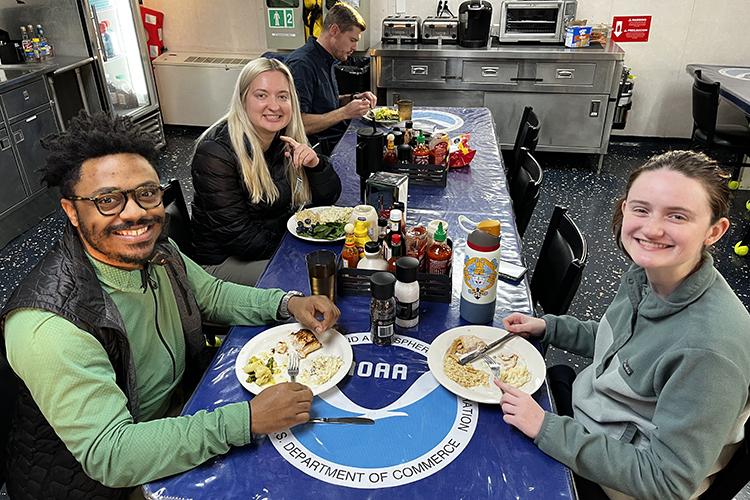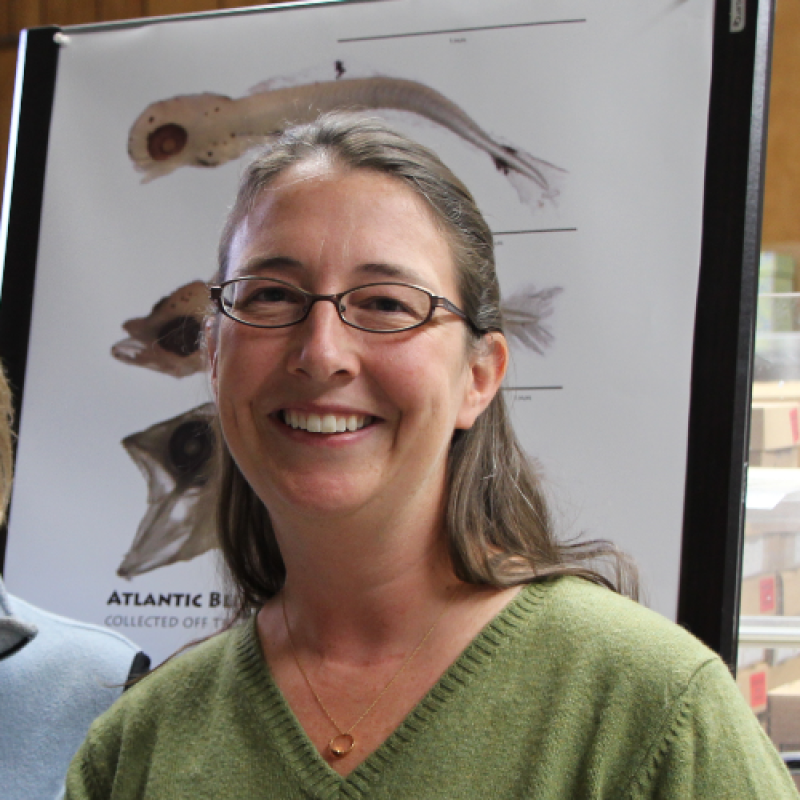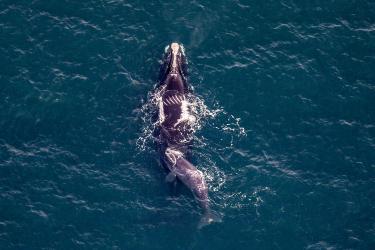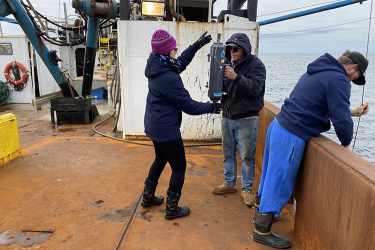Do you like food blogs? I‘ve seen blogs where people share recipes, restaurant reviews, and photos of their meal. Check out my breakfast—fresh fruit tastes even better at sea! I wonder—what would a food blog for planktivores be like?
Wait… What is a planktivore?
If you’re thinking, “plankti-what?” Let me explain. You’ve maybe heard of herbivores—animals that eat plants—and carnivores—animals that eat meat [cue the Jurassic Park theme ]. Similarly, a planktivore eats plankton. Plankton are mostly small organisms with poor swimming ability, who generally go where water around them goes.
Plankton can be the larval stage of marine animals we’re all familiar with—fish, crabs, squid, barnacles, and sea stars. But there are many organisms that are planktonic their whole life. These include phytoplankton, copepods, amphipods.
Because plankton are small, you might think the things that eat plankton are also small—some planktivores are. But, there are a lot of plankton in the ocean, so planktivores can also be big! Baleen whales, such as humpback whales and endangered North Atlantic right whales , consume large amounts of plankton.
What do I mean by a lot? That’s part of why we are on this winter Ecosystem Monitoring Survey. We’re here to identify and measure how much and what species of plankton are on the northeast U.S. continental shelf in February.
Sampling the Meal
To collect plankton, we use nets so fine that you can’t see the holes. We tow these nets through the water from the surface to near the bottom and back up again. The nets catch the planktonic animals in the water. Everything we catch is carefully rinsed out of the nets and into sieves that are then rinsed into sample jars for later analysis in the lab. Our catch sometimes looks like sand or mush. One of the survey days, we caught a lot of larval sand lance, arrow worms, and small copepods. Our sample was a bit squirmy in the sieve.
Looking at the sieve, you’d think there wasn’t a lot of plankton, but it actually contains thousands of tiny animals! And believe it or not, the mesh of our plankton nets is too big to catch the smallest plankton—and that’s okay! We are interested in plankton of a specific size range for our analyses.
We use the data to answer all kinds of questions about the ocean environment. What plankton species or groups do whales prefer to eat? Where are the best places for whales and other planktivores to find food?
Stay tuned to learn more about how our work on Winter EcoMon is helping research on the climate and those who depend on the northeast U.S. continental shelf!








